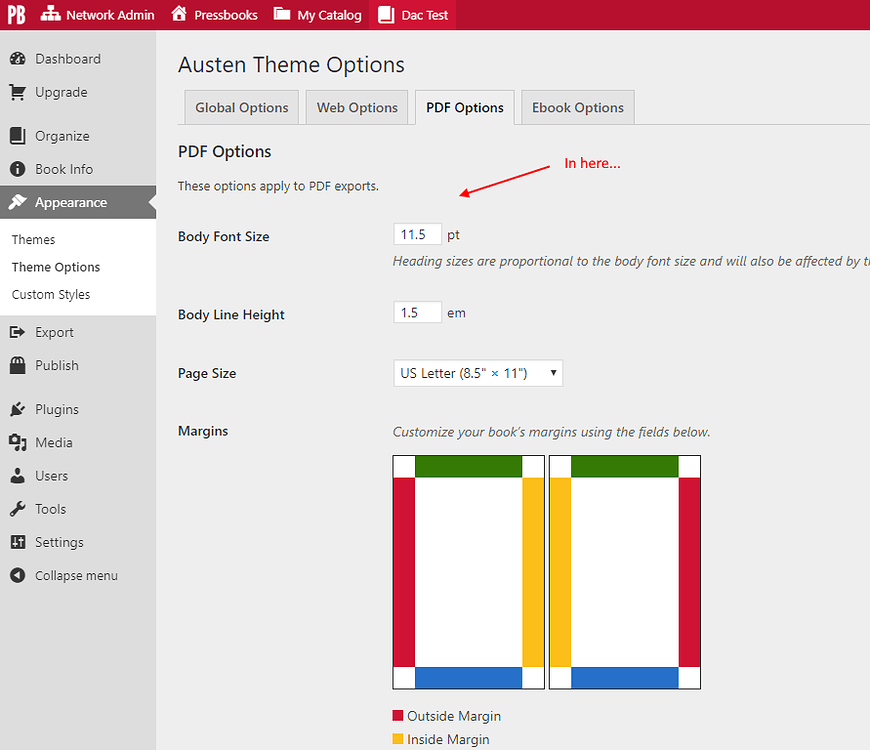

For complete instructions on how to optimize transform settings in FlowJo, please see below.Īs FCS3.0 data files are neither compensated, nor transformed, before being written, there is much improved flexibility with regards to how these files can be displayed. For more on the “T” Button options, click here. From this menu, you will be able to select a scaling type. If post acquisition compensation has been applied to the file, display transformations in FlowJo can be enabled using the T-button and selecting “Customize Axis…”. To determine how to create a compensation matrix in FlowJo click here or download the Compensation Tutorial. This is because these data files have typically been compensated and log transformed before the file was written, thereby eliminating the information in the file that makes the biexponential transformation process interesting or useful. These types of data are only useful if the file has been acquired in linear and compensated post acquisition in FlowJo. If FCS2.0 data was acquired on an analog instrument, the log converted in the machine will transform the data into log, so using a biexponential transform after acquisition will not work properly. Please pay attention to the appropriate guidelines depending on which type of file you are using. The mechanics for adjusting a biexponential transformation depend somewhat on which type of FCS files are being analyzed.

The benefit of this approach is that distributions with small magnitude values and negative values can be shown alongside large magnitude, and large variance distributions. For large values, this biexponential function displays the data with more log-like properties. For low magnitude values (around 0), the scaling is displayed as if it were linear. It’s primary purpose is to provide display settings that are, in effect, a hybridization of linear and log scaling technique. The method used to address this challenge in FlowJo is called biexponential transformation. For a more general overview on transforms, go here. Specifically, they address the problem of how to visualize high dynamic range data that contains both negative and positive values. “Squished” data is easily viewed by adding a section of linear scale to log acquired data.Īlternate display transformations are intended to provide a more intuitive view of flow cytometry data. Biexponential Transformation Instructionsīiexponential scaling helps visualize data that is compressed against the low x- and y- axes.


 0 kommentar(er)
0 kommentar(er)
